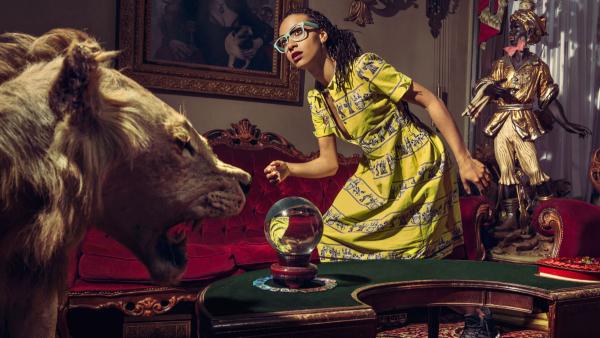We take a closer look at one of Shirley Jackson's most haunting short stories, "The Daemon Lover." Joan Wylie Hall is our guide. She's the author of "Shirley Jackson: A Study of the Short Fiction."
Audio
Ruth Franklin is the author of "Shirley Jackson: A Rather Haunted Life." In her book, Franklin argues that Jackson's body of work channeled women's anxieties at the time, representing "nothing less than the secret history of American women of her era."
Jazz bassist and singer Esperanza Spalding talks about the inspiration behind her latest album, 'Emily’s D+Evolution.'
In the final volume of Laurie Halse Anderson's “Seeds of America” trilogy, white colonists everywhere can be heard talking about liberty and freedom – just not for African Americans.
For some veterans, coming home from war can often be a struggle. In his book "Tribe," journalist Sebastian Junger offers a nuanced and thought provoking take on why it’s so difficult and complicated for some returning veterans.
Eric Liu, founder of Citizen University, tells us why citizens are more powerful than they think and how he's trying to reinvigorate the culture of voting — by making it more fun.
Glen Weyl is an economist at Microsoft Research and he’s invented a whole new formula for collective decision making. It’s called quadratic voting — it sets up a marketplace where you can trade your vote, based on what you care about most.
Political scientist Jonathan Bernstein makes the case for lowering the voting age considerably. Like, to birth.







